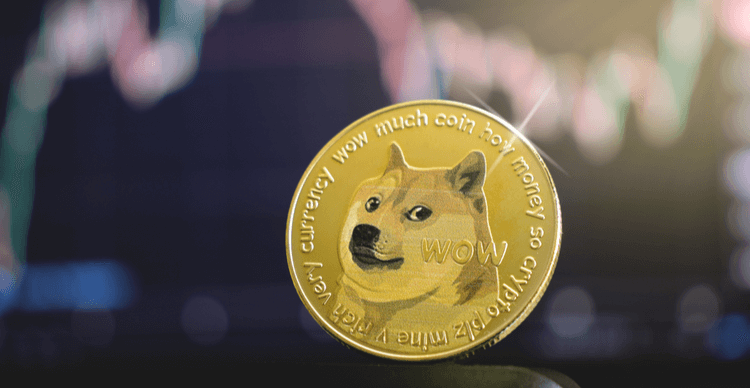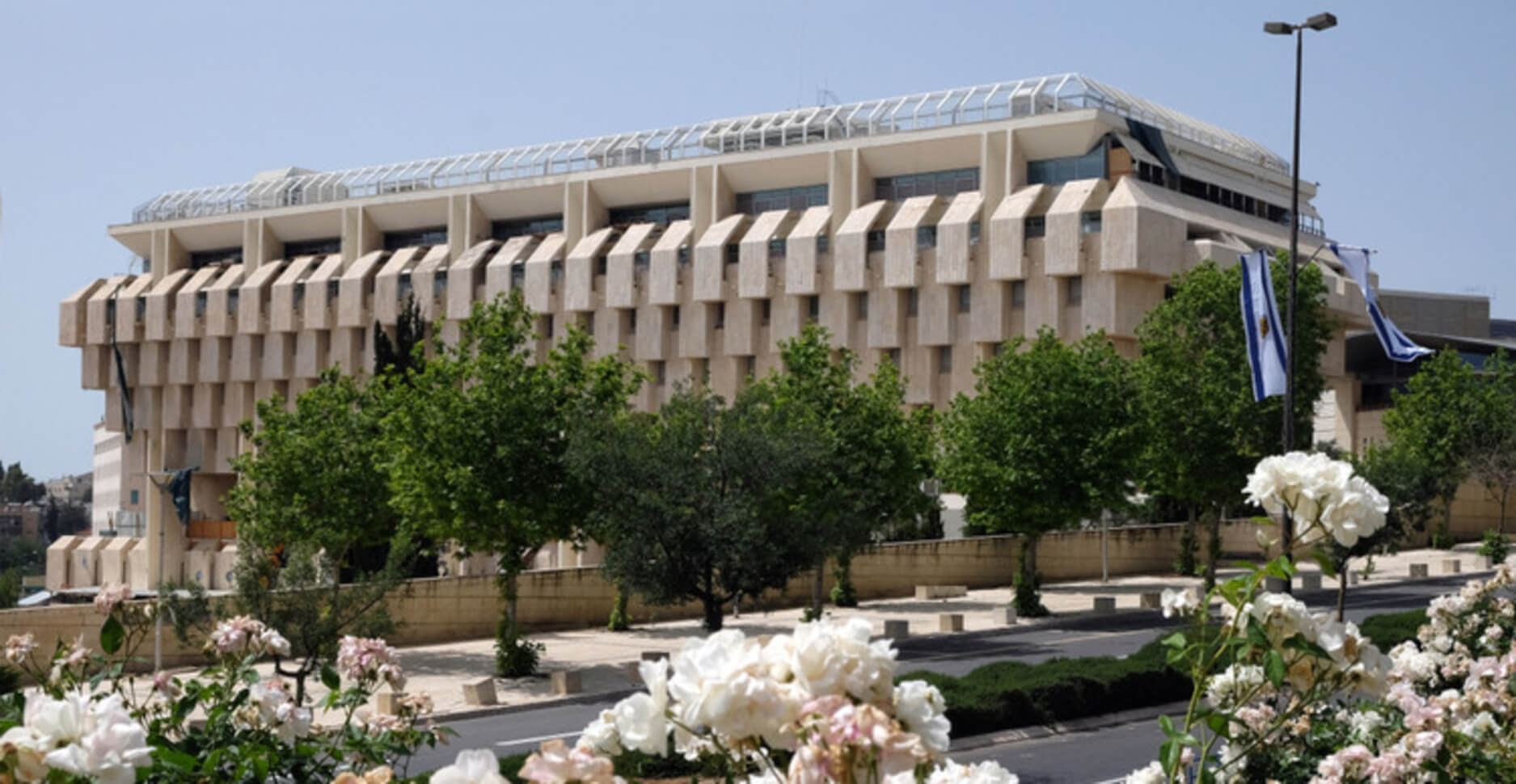In the world of design, typography is more than just choosing a font; it’s about conveying a message and creating a visual impact. Modern fonts, with their unique styles and versatility, play a crucial role in shaping the aesthetics of any project. This guide explores the 20 best modern fonts for professional designers in 2024, covering serif, sans-serif, and script categories to enhance your design toolkit.
1. Serif Fonts
1.1. Playfair Display Playfair Display is a sophisticated serif font that combines classic and modern elements. It’s known for its high contrast and elegant letterforms, making it ideal for editorial design and branding. Its versatility works well for both headlines and body text, offering a timeless look with a contemporary twist.
1.2. Merriweather Merriweather is a serif font designed for readability on screens. It features a slightly condensed structure and strong serifs, which make it suitable for digital and print projects. Its balanced design is perfect for creating a professional yet approachable feel.
1.3. Abril Fatface Abril Fatface stands out with its bold, high-contrast letterforms. This serif font exudes confidence and modernity, making it an excellent choice for eye-catching headlines and branding materials. Its heavy weight and distinctive style give it a unique presence.
1.4. Garamond Garamond is a classic serif font with a long history in typography. It combines elegance with readability, making it a preferred choice for books, academic papers, and sophisticated branding. Its timeless appeal is enhanced by its clean, well-proportioned letterforms.
1.5. Caslon Caslon is a versatile serif font that has been a staple in typography for centuries. Its refined letterforms and balanced proportions make it suitable for a wide range of design applications, from formal invitations to modern editorial layouts.
2. Sans-Serif Fonts
2.1. Helvetica Neue Helvetica Neue is a contemporary classic that remains a favorite among designers. Its clean, geometric shapes and versatility make it ideal for various design contexts, including branding, user interfaces, and print materials. It exudes modernity and simplicity.
2.2. Futura Futura is a geometric sans-serif font known for its distinctive shapes and clean lines. It’s widely used in modern design due to its readability and stylish appearance. Its geometric forms make it suitable for everything from corporate branding to creative projects.
2.3. Avenir Avenir is a humanist sans-serif font that combines modern aesthetics with excellent readability. Its harmonious proportions and clean design make it a popular choice for user interfaces, branding, and editorial design. Avenir offers a sophisticated look with a touch of warmth.
2.4. Proxima Nova Proxima Nova is a versatile sans-serif font with a modern, geometric design. It’s widely used for web and print design due to its clean lines and legibility. Its extensive range of weights and styles allows for flexibility in various design projects.
2.5. Montserrat Montserrat is a contemporary sans-serif font inspired by urban typography. Its bold, geometric shapes and wide letterforms make it perfect for creating impactful headlines and branding materials. It’s especially effective in digital design due to its legibility on screens.
3. Script Fonts
3.1. Pacifico Pacifico is a fun, cursive script font with a retro flair. Its playful and casual style makes it ideal for informal invitations, logos, and branding materials. The flowing strokes and whimsical design give it a unique and friendly character.
3.2. Great Vibes Great Vibes is an elegant script font that combines sophistication with readability. Its graceful, flowing letterforms are perfect for formal invitations, wedding stationery, and upscale branding. The delicate curves and stylish design add a touch of refinement.
3.3. Brush Script Brush Script is a classic script font with a hand-drawn feel. Its dynamic, fluid strokes make it suitable for creating a personal, artistic touch in designs. It’s often used in casual branding and creative projects where a handwritten look is desired.
3.4. Dancing Script Dancing Script is a lively, modern script font that mimics natural handwriting. Its energetic, flowing style is great for invitations, greeting cards, and branding. The font’s casual elegance and readability make it a popular choice for a variety of design applications.
3.5. Lobster Lobster is a bold script font known for its distinctive, retro-inspired design. Its thick, connected letterforms give it a strong presence, making it ideal for headlines, logos, and branding materials. The font’s playful and unique style stands out in any design.
4. Choosing the Right Font for Your Project
4.1. Consider Your Audience When selecting a font, consider the preferences and expectations of your target audience. Different fonts can evoke different emotions and associations, so choose one that aligns with your project’s goals and message.
4.2. Match the Font to the Design Purpose Fonts should complement the purpose of your design. For instance, serif fonts are often used for traditional and formal projects, while sans-serif fonts are preferred for modern and minimalist designs. Script fonts add a personal touch and are suitable for creative projects.
4.3. Ensure Readability Regardless of the font style, readability is crucial. Make sure your chosen font is legible in various sizes and weights. Test your font choices in different contexts to ensure they maintain clarity and impact.
4.4. Pairing Fonts Combining different fonts can create a visually appealing and effective design. When pairing fonts, choose complementary styles that enhance each other without competing for attention. For example, combine a serif font with a sans-serif font for a balanced and dynamic look.
5. Best Practices for Using Modern Fonts
5.1. Stay Updated with Trends Typography trends evolve, so staying updated with the latest font styles and techniques is essential. Follow design blogs, attend typography workshops, and explore new font releases to keep your designs fresh and relevant.
5.2. License and Attribution Ensure you have the proper licensing for the fonts you use in commercial projects. Some fonts require attribution or have specific usage restrictions. Check the font’s licensing terms before incorporating it into your designs.
5.3. Test Across Different Mediums Fonts can appear differently across various mediums, including print and digital. Test your fonts in different formats and devices to ensure consistent appearance and performance.
5.4. Maintain Consistency Consistency in font usage helps establish a cohesive design identity. Use a limited number of fonts to avoid visual clutter and ensure that your design elements work harmoniously together.
Choosing the right font is a crucial aspect of design that significantly impacts the overall look and feel of your projects. The 20 modern fonts highlighted in this guide, spanning serif, sans-serif, and script categories, offer a range of options to suit various design needs. Whether you’re creating elegant branding materials, dynamic digital interfaces, or creative print designs, these fonts will help you achieve a professional and polished appearance. Remember to consider your audience, project purpose, and readability when selecting fonts, and stay updated with typography trends to keep your designs at the forefront of modern aesthetics.
FAQ
1. What are serif fonts, and when should I use them?
Serif fonts have small lines or strokes at the ends of their letterforms. They are often used for formal and traditional designs, such as books and academic papers, due to their classic and elegant appearance.
2. What are sans-serif fonts, and where are they commonly used?
Sans-serif fonts lack the small lines or strokes found in serif fonts. They are commonly used for modern, minimalist designs and digital interfaces due to their clean and straightforward look.
3. What are script fonts, and how can I use them effectively?
Script fonts mimic handwriting or calligraphy and are often used for invitations, branding, and creative projects. Use them sparingly to add a personal touch and ensure they are legible in various sizes.
4. How do I choose the best font for my project?
Consider your target audience, the purpose of your design, and readability when choosing a font. Match the font style to the project’s goals and test it in different contexts to ensure it meets your needs.
5. Can I use free fonts for commercial projects?
Free fonts may have licensing restrictions or require attribution for commercial use. Always check the font’s licensing terms and ensure you have the proper permissions before using them in commercial projects.
6. How can I pair fonts effectively?
Combine complementary font styles to create a balanced and harmonious design. For example, pair a serif font with a sans-serif font to achieve a visually appealing contrast.
7. What are some popular serif fonts for modern design?
Popular modern serif fonts include Playfair Display, Merriweather, and Abril Fatface. These fonts offer a mix of classic elegance and contemporary style.
8. What are some versatile sans-serif fonts for professional use?
Versatile sans-serif fonts include Helvetica Neue, Futura, and Proxima Nova. These fonts are known for their clean lines and adaptability across various design contexts.
9. How can I ensure that my fonts are legible?
Test fonts in different sizes and weights to ensure readability. Check how they appear on various devices and formats to maintain clarity and impact.
10. How do I stay updated with typography trends?
Follow design blogs, attend typography workshops, and explore new font releases to stay informed about the latest trends in typography and font design.
Get in Touch
Website – https://www.webinfomatrix.com
Mobile - +91 9212306116
Whatsapp – https://call.whatsapp.com/voice/9rqVJyqSNMhpdFkKPZGYKj
Skype – shalabh.mishra
Telegram – shalabhmishra
Email - mailto:info@webinfomatrix.com










 English (US) ·
English (US) ·